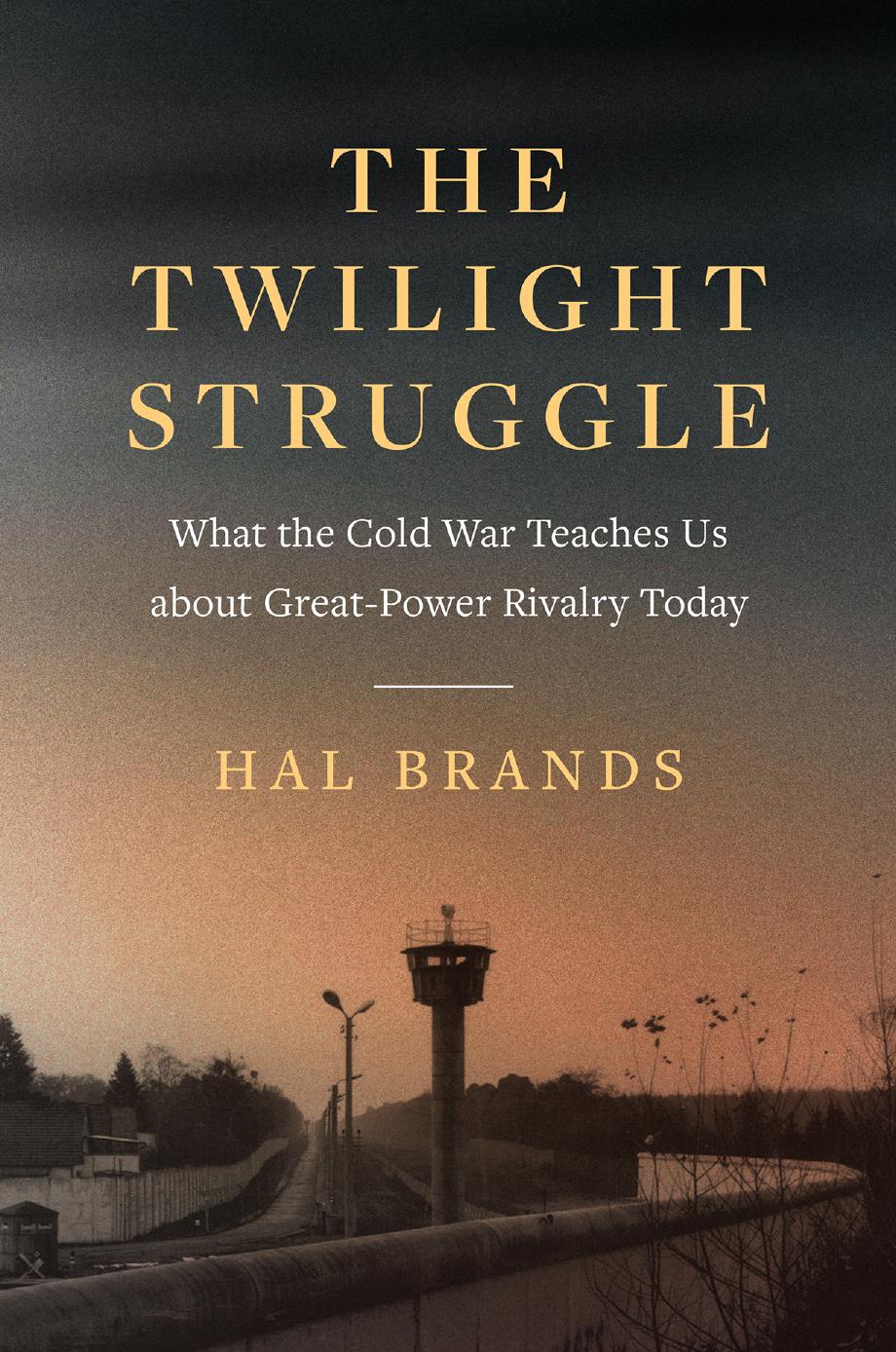The Twilight Struggle by Hal Brands

Author:Hal Brands
Language: eng
Format: epub, pdf
ISBN: 9780300250787
Publisher: Yale University Press
A second aspect of U.S. strategy was using technology to conquer secrecy. The Kremlinâs veil of isolation permitted it to either mask or exaggerate its military strengths. This could be a critical asset when assessing the military balance was vital and avoiding surprise attack was paramount. America could hardly emulate Soviet practices. âThanks to our habit of publicizing everything,â Ike said in 1953, âit was so much easier for the Soviets to find out what they needed to know about our capabilities.â43 Instead, America maximized its own asymmetric advantage. âWhat saved us,â DCI James Schlesinger later remarked, âwas our adoption of technology.â44
This intelligence offset strategy was there from the start. During the early Cold War, when Americaâs human intelligence capabilities were basically nonexistent, Washington used SIGINTâwhich capitalized on advantages in science, technology, and mathematicsâto narrow the deficit. Under the VENONA program, Army codebreakers uncovered Soviet espionage in America. In 1946, SIGINT helped reveal how serious the Soviet threat to Turkey was. And in 1951, communications intercepts reassured Truman that the Soviets would not attack Western Europe while U.S. forces were bogged down in Korea. Thereafter, Truman and his successors aggressively expanded Americaâs global SIGINT partnerships, marrying technological superiority to the benefits of genuine multilateralism.45
The NSA soon built an intelligence empire second to none. That agency employed more holders of advanced degrees in mathematics and electronics than any other entity. It developed a global network of ground intercept and monitoring stations. During the 1950s, specially equipped surveillance planes mapped Soviet air defenses; by the 1970s, a combination of SIGINT satellites, communications intercepts, and other tools allowed the NSA to track Moscowâs most sophisticated military capabilities and detect signs of any major mobilization or attack.46 Throughout the Cold War, SIGINT illuminated the dark interior of the Soviet bloc.
Yet the payoff from using technology to penetrate secrecy was greatest in the 1950s and 1960s. American knowledge of Soviet military programs was very limited then, creating severe analytical problems. The United States found itself vulnerable to cheap gimmicks, as when the same Soviet bombers repeatedly flew past the U.S. embassy on May Day, 1955, to create the impression that the overall fleet was several times its actual size.47 The intelligence deficit also rendered Washington susceptible to worst-case analyses after unexpected shocks, such as the launch of Sputnik. When systematic information is lacking, nuggets of dataâhowever misleadingâtake on outsized importance.
During the 1950s, Washington was thus gripped by fears of a bomber gap and then a missile gap. The Air Force warned that the Soviets might have 1,000 ICBMs by 1962; the CIA projected a lesser, but still terrifying, American inferiority.48 âStrategic missiles will surely replace the manned bombers, as the longbow replaced the knightsâ swords,â journalist Stewart Alsop warned. America would be like âthe mounted French knights at Crécy, sword in hand, facing the skilled British bowmen killing them at will.â49 That prospect created psychological leverage for Khrushchev and left skepticsânamely Eisenhowerâstruggling to make the case that America was not headed for disaster.
Eisenhower tried to solve this problem through mutual transparency.
Download
This site does not store any files on its server. We only index and link to content provided by other sites. Please contact the content providers to delete copyright contents if any and email us, we'll remove relevant links or contents immediately.
| Africa | Americas |
| Arctic & Antarctica | Asia |
| Australia & Oceania | Europe |
| Middle East | Russia |
| United States | World |
| Ancient Civilizations | Military |
| Historical Study & Educational Resources |
Machine Learning at Scale with H2O by Gregory Keys | David Whiting(4258)
Never by Ken Follett(3879)
Fairy Tale by Stephen King(3307)
The Man Who Died Twice by Richard Osman(3040)
Oathbringer (The Stormlight Archive, Book 3) by Brandon Sanderson(3016)
Will by Will Smith(2872)
Rationality by Steven Pinker(2326)
The Dark Hours by Michael Connelly(2278)
Can't Hurt Me: Master Your Mind and Defy the Odds - Clean Edition by David Goggins(2271)
Friends, Lovers, and the Big Terrible Thing by Matthew Perry(2182)
The Dawn of Everything: A New History of Humanity by David Graeber & David Wengrow(2156)
Principles for Dealing With the Changing World Order: Why Nations Succeed and Fail by Ray Dalio(2006)
HBR's 10 Must Reads 2022 by Harvard Business Review(1820)
A Short History of War by Jeremy Black(1815)
Go Tell the Bees That I Am Gone by Diana Gabaldon(1730)
A Game of Thrones (The Illustrated Edition) by George R. R. Martin(1660)
515945210 by Unknown(1642)
Kingdom of Ash by Maas Sarah J(1594)
443319537 by Unknown(1520)
